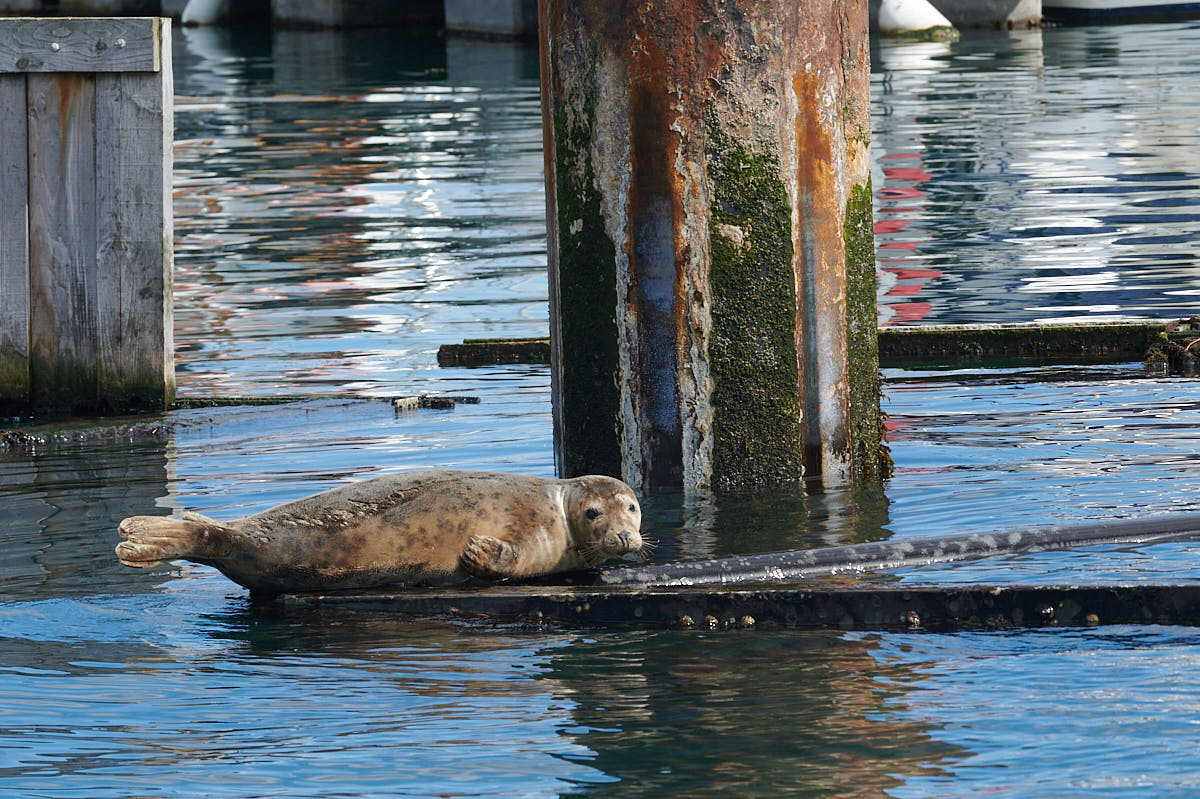The first national Marine and Coastal Wildlife Code has been launched in England, which will protect animals and habitats by helping people enjoy the coast responsibly. England’s coastline contains vitally important habitats, including sand dunes, saltmarshes and a significant proportion of Europe’s vegetated shingle beaches. The coastline also supports a number of key species, such as 95% of Europe’s grey seal population and 25% of Europe’s breeding seabirds.
This builds on the existing Countryside Code but only applies to England. Scotland, Ireland and Wales have previously produced similar coastal and marine wildlife codes and guidance, which should be reviewed if you are looking to visit these areas.
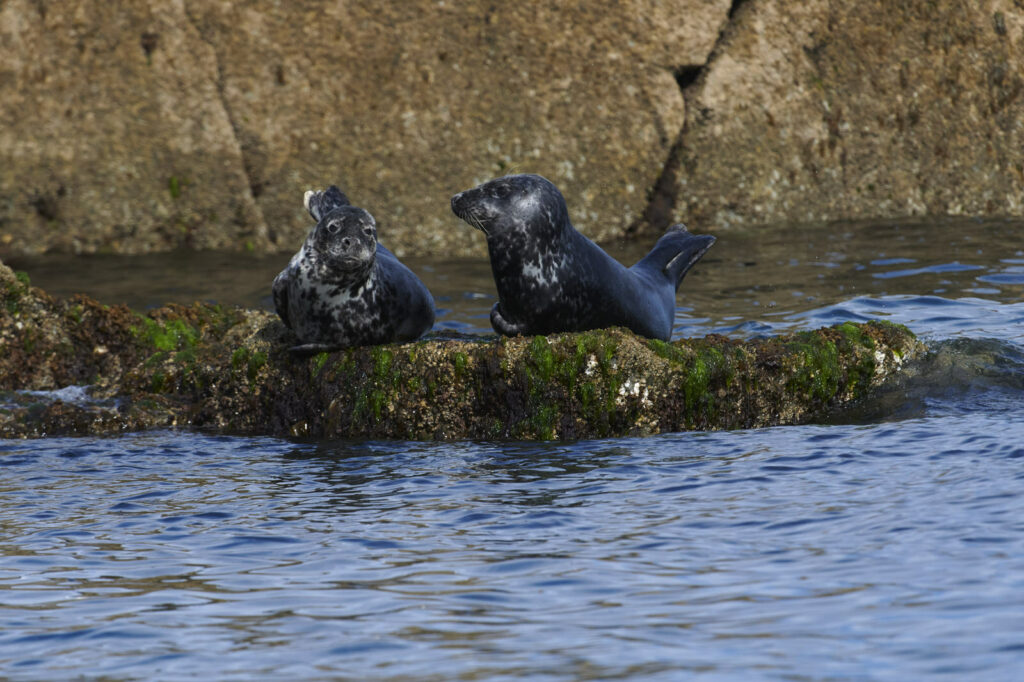
What does the code include?
Similarly to the Countryside Code, this new code aims to act as a guide to help visitors act responsibly around marine wildlife. We all have a responsibility to protect our local wildlife. The guidance from the UK government for England is:
1. Be aware of how you could cause a disturbance
Many people may not realise the impact disturbing wildlife can have, but if an animal is repeatedly disturbed, it can lead to stress, injury and even death. You can also displace animals from their preferred habitat, disrupting behaviours such as migration, breeding, feeding and resting. This disturbance can also increase their vulnerability to predators.
The impact of disturbance on seals has been brought to the public’s attention in recent years, with many organisations calling for people to be aware of the damage caused. Disturbances that force seals to flee from haul-out sites into the sea can result in them struggling to put on or maintain weight and unable to properly feed their pups. Seals can also receive injuries such as gashes from sharp rocks or even broken ribs, which can be difficult for a diving species to heal from. Increased vigilance also wastes energy and can reduce the amount of time spent feeding or resting. This increased energy expenditure can increase stress as well as the seal’s vulnerability to disease, reducing overall fitness and increasing mortality rates.
You can disturb wildlife by approaching or touching an animal; crowding, circling, separating or chasing them; feeding them; making noise; or damaging or altering habitats. This can include disturbance by dogs, therefore pets should be kept on a lead or under effective control when at the coast. An easy way to reduce your impact is to remember that if an animal has repeatedly noticed you, you have caused a disturbance and it is best to move away and take a wider berth.
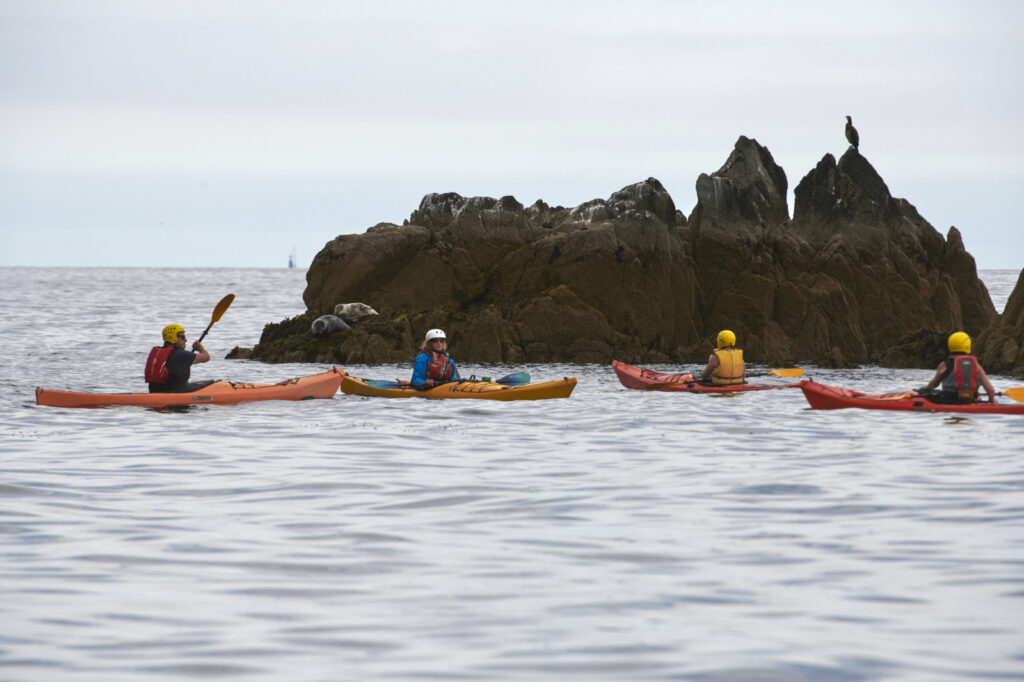
2. Know when wildlife are most vulnerable
There are certain times when animals are particularly vulnerable, such as during breeding seasons, in winter and when they’re resting or moulting. It can be difficult to know when these times are, as they often differ between different species. Therefore, it is important to check signs in local areas, as they should tell you where there are access restrictions, and to research the wildlife in the area you are heading. Local councils, Wildlife Trusts and local harbours or ports may be able to provide you with this information.
For seabirds, ‘bird nesting season’ is officially from February until September, therefore it is important to consider access restrictions, dog activities and the impact you may be having on an area during this time. Certain species, such as ringed plovers and oystercatchers, lay their eggs on open ground such as beaches, with little to no surounding vegetation, and so these eggs are vulnerable to being stepped on. Local councils may put up signs in areas where these species are known to breed to discourage visitors but caution should be taken on any beach.
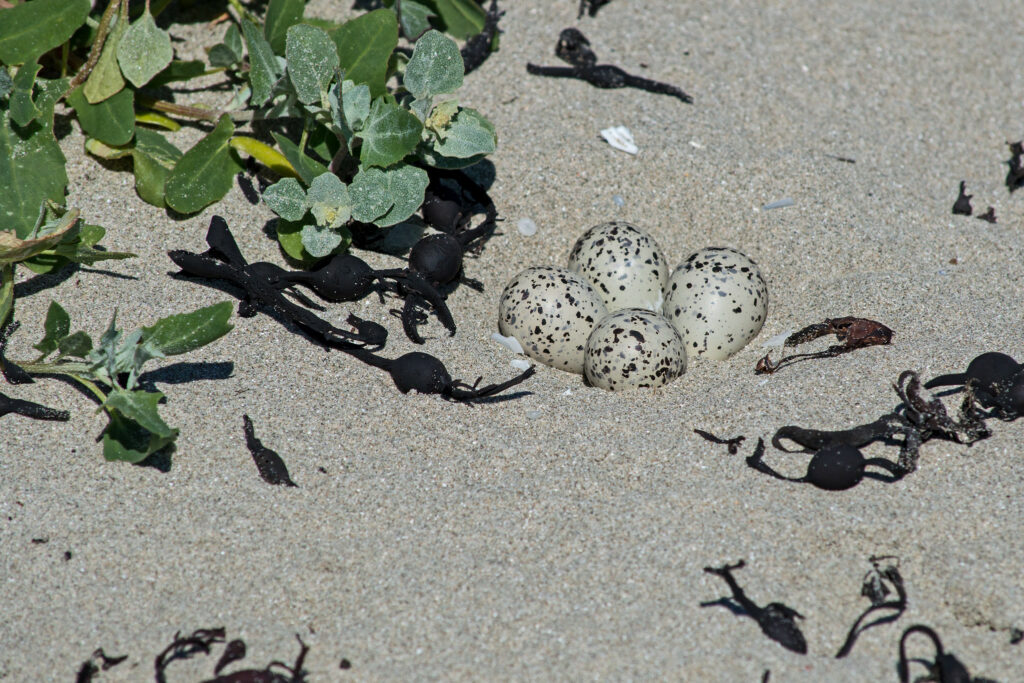
Breeding and pupping season for grey seals can start as early as June in the UK, lasting until January. Pups are particularly vulnerable to human disturbances as this can cause a seperation between the mother and pup or interrupt lactation, potentially leading to pup abandonment. Due to their heavy white coat, grey seal pups can’t swim during their first few weeks and will be left on beaches while their mothers hunt. If disturbed, they are therefore unable to swim away. Addtionally, disturbances that cause stampeeds during pupping season can increase pup mortality rates. You should never approach a seal pup and if you suspect one has been abandoned or is in need of attention, you should keep your distance and call for help.
Other important breeding periods are March to September for seahorses and summer months for cetaceans. Additionally, the September to March wintering season is important for many birds, as they use this time to conserve energy and build up reserves, often for long migrations. Disturbance during this time can reduce their likelihood of survive winter or these migrations.
3. Recognise when you are causing a disturbance
Many people do not have negative intentions and simply wish to appreciate and experience the wonderful wildlife we have along out coastlines. But it is important to recognise the signs for when animals are becoming uncomfortable with your presence.
There are a number of behaviours you can look out for that will indicate a disturbance. For birds, this includes moving away from you, in flight or by walking; flapping their wings at you; and attacking. Seals are more likely to look directly at you, move suddenly from a restful position, suddenly dive into the water, or swim away from you. Cetaceans such as dolphins and whales will slap the water with their flippers or tail, dive away from you, or group together. Other species such as sharks, skates, rays, turtles or seahorses will swim away if disturbed and should not be followed.
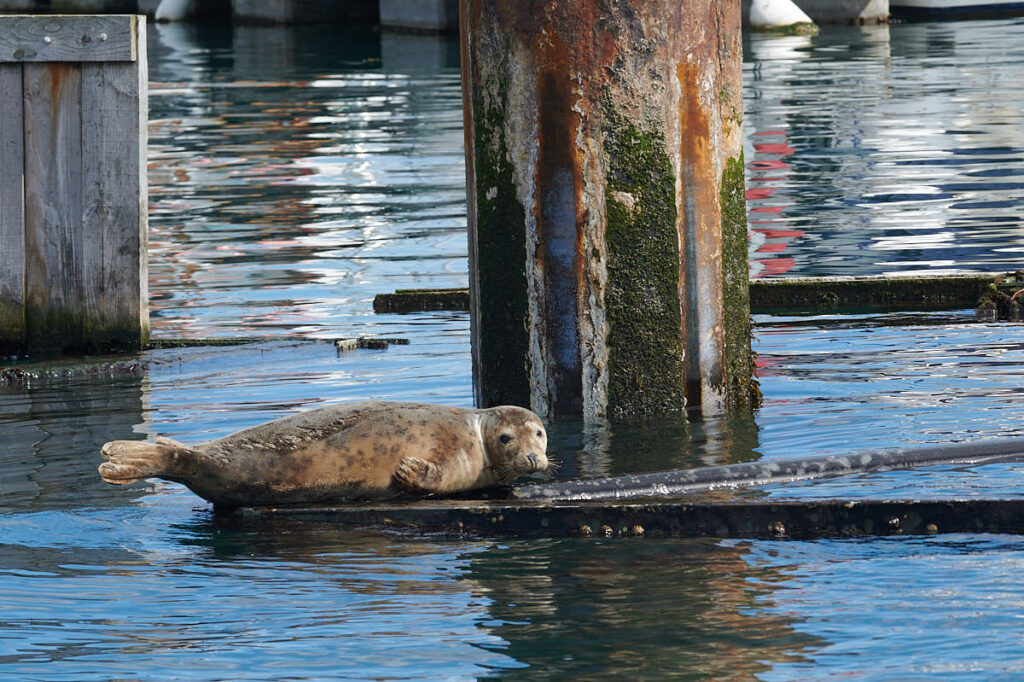
4. Act responsibly
This is the main aim of this code, to encourage people to use common sense and act responsibly. As a rule of thumb, try to stay at least 100 metres away from any wildlife and try not to approach animals from behind or head-on. If you notice any signs of disturbance, you should immediately and calmly move further away.
You should never chase, follow or harass any wildlife. It is important to not feed or touch wildlife either, as you could unintentially be causing serious harm. Other actions such as creating loud noises and using flash photography should be avoided.
5. Use watercraft responsibly
Crafts like boats and jetskis can be a disturbance to wildlife as they can injure animals and create noise both above and below the water. You should slow down to under 6 knots if you notice an animal, stay at least 100 metres away (further if you notice that you are causing a disturbance), and keep even more distance if there are more than two watercrafts nearby. You should also maintain your engine to reduce noise and make sure to launch or moor your craft correctly.

6. Enjoy water activities without harming wildlife
It is important to take care not to disturb wildlife when you enter or exit the sea, therefore you should avoid doing this through sensitive habitats, including saltmarshes, mudflats, maerl beds, seagrass meadows and areas where marine wildlife are resting, breeding, nesting or feeding.
7. Report wildlife crime
If you see someone intentionally or recklessly harassing, injuring, disturbing, taking or killing an animal or damaging their habitat, you should report it. Call 101 to report an incident that has already happened, or 999 for a crime in action. Certain actions can incur fines of up to £5,000.
8. Report an injured, distressed or dead animal
If you see an animal in distress or dead, you should not approach or touch it, but report the incident by calling either the British Divers Marine Life Rescue hotline or the RSPCA.
Why is this code needed?
Our coastline and marine life are under serious pressures from a variety of threats, including climate change, disease, habitat loss, reduced food availability (usually due to overfishing), pollution and human activity, all of which already negatively impact marine wildlife. Repeated disturbances can combine with these other pressures, causing reduced fitness and increasing mortality rates.
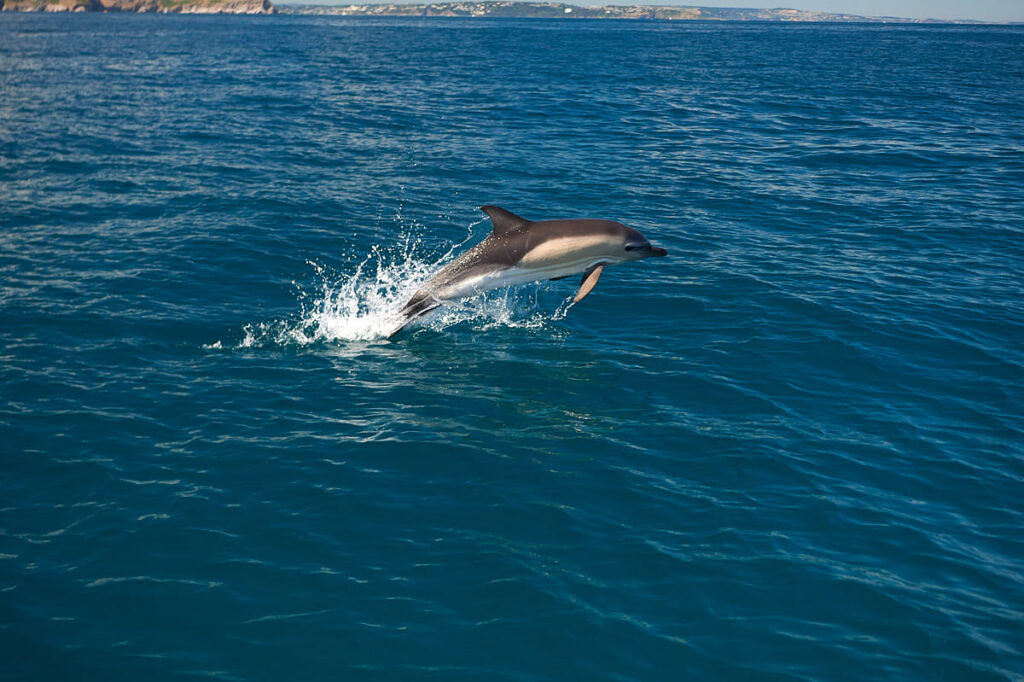
Is this effective guidance?
This code was developed in collaboration with a number of wildlife organisations, including the RSPB, Shark Trust, Whale and Dolphin Conservation and the Cornwall Seal Group Research Trust. It is not a law or regulation but does help to raise awareness of the impacts you can have on coastal and marine wildlife, while also offering practical guidance to minimise or even eliminate these impacts. While this is unlikely to prevent those with negative intentions, it does provide a great basis to help educate the vast majority of the public on how to be responsibe around wildlife. With reported disturbance incidents more than tripling in Cornwall alone since 2014, and with the ongoing work to establish the King Charles III England Coast Path (a 2,700 mile waymarked coastal path), this new code is a welcome step towards reducing and preventing incidents.
References
Defra. 2023. Marine and coastal wildlife code: advice for visitors.

